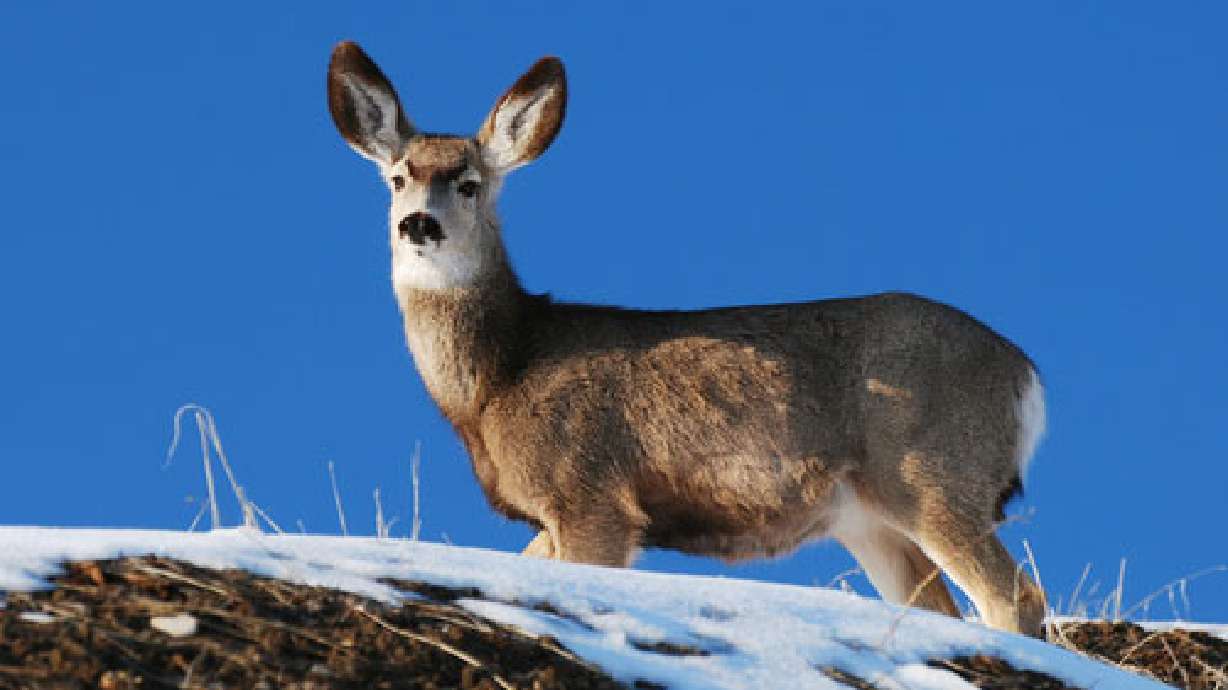Estimated read time: 2-3 minutes
This archived news story is available only for your personal, non-commercial use. Information in the story may be outdated or superseded by additional information. Reading or replaying the story in its archived form does not constitute a republication of the story.
SALT LAKE CITY -- Sportsmen will have fewer opportunities to hunt mule deer in 2012 and a permit to do so could cost more.
As the deer population declines, wildlife officials and sportsmen struggle to protect both the animals and the opportunities for sportsmen. Every year the state sells more than 91,000 permits to deer hunters, but with Thursday's change, that could drop by about 13,000.
"It's been a very hot topic," said board member Jake Albrecht, who represents the state's southern region. "I think in the long run, the board here is very concerned about our deer herd statewide."

After about two hours of public comment, the Wildlife Board voted 4-2 to approve an option that divides the state into 29 separate hunting areas (based on known deer herds). The motion did give the DWR flexibility if some of those areas need to be combined or split.
Right now, and next fall, the state hunt is divided into five geographic regions.
Currently, DWR biologists study mule deer herds in 29 different units, but they make hunting recommendations based on the five hunting regions.
In addition to fewer opportunities for hunters, it also means a loss in revenue for the Division of Wildlife. Greg Sheehan, with administrative services for DWR, said the reductions translate into a loss of $404,600.
Currently about 90 percent of mule deer permits are sold to residents, while 10 percent are sold to non-residents.

The board cannot raise the cost of permits, but it can recommend the Legislature to do so. The DWR can also cut programs or services to deal with the decline in revenue.
Another change is the number of buck-to-doe ratios that will determine the number of permits sold to hunters. After each hunt, biologists go out into the state's regions and study the deer populations. They look for an average of 15 bucks to every 100 does (statewide) in order to maintain the number of permits allowed.
With the change, biologists will be managing each of the 29 units with an 18-buck-to-100 doe ratio in each region. That means permits could go down in one region but up in another, as the numbers are no longer averaged.
That change doesn't necessarily affect the size of the herds, but it does mean sportsmen will see more bucks when they make their way into the back country.
The hope in dividing the state into smaller hunting areas is that biologists can work with sportsmen and preservation groups to make decisions about separate units from around the state.
The board made the decision in front of about 100 members of the public, many of whom traveled hundreds of miles to let their feelings be known about the issue.
E-mail:adonaldson@desnews.com








